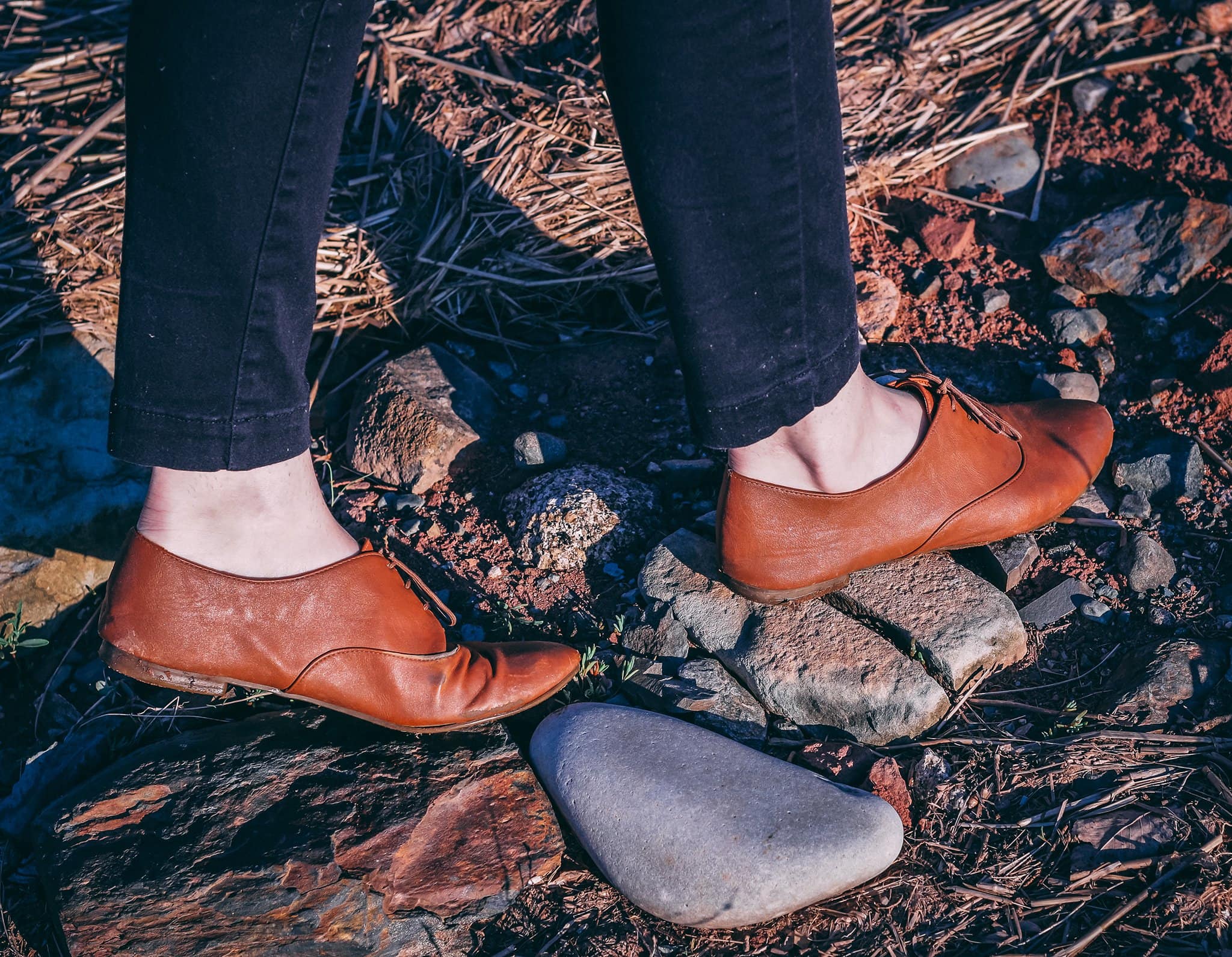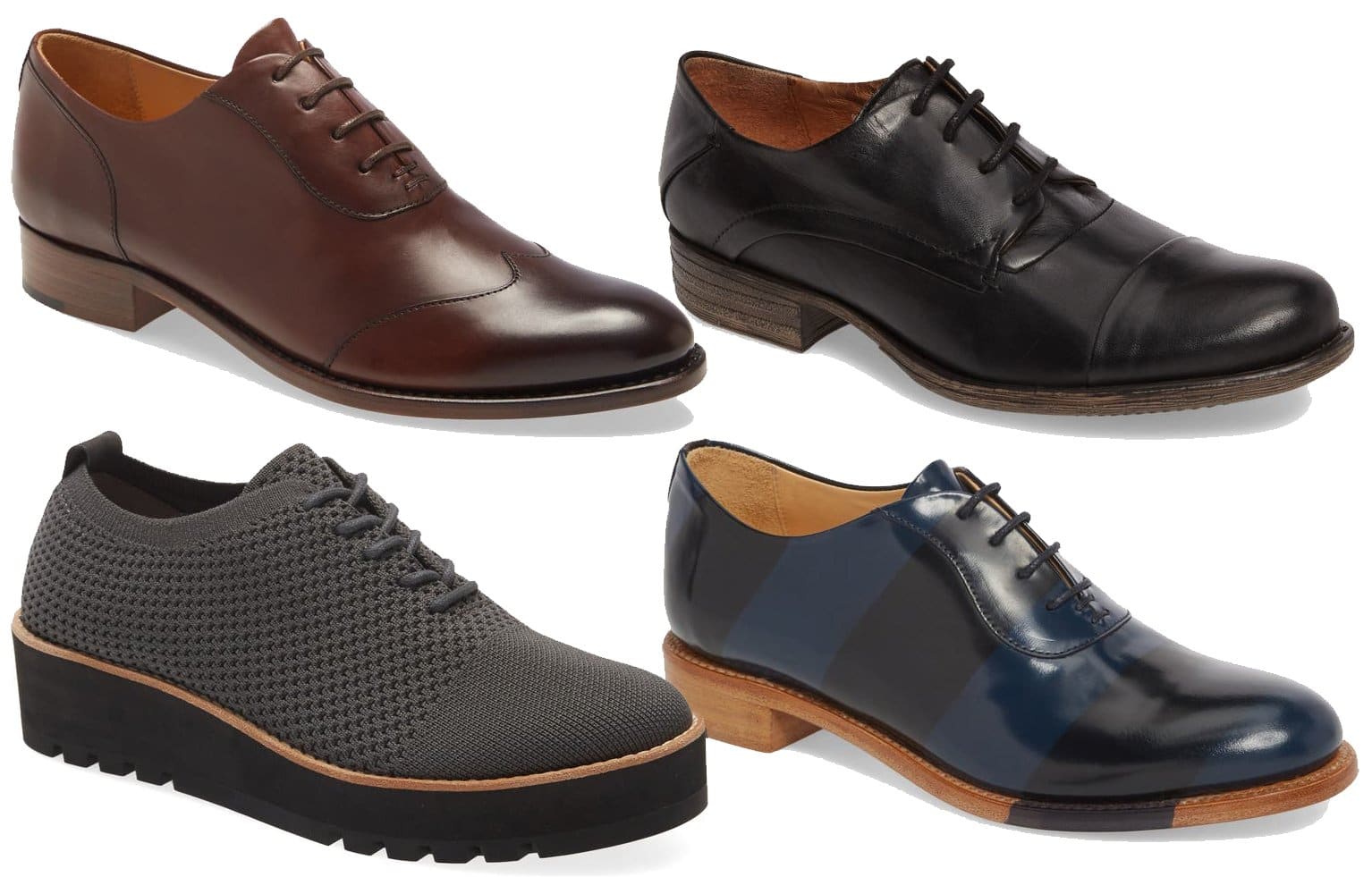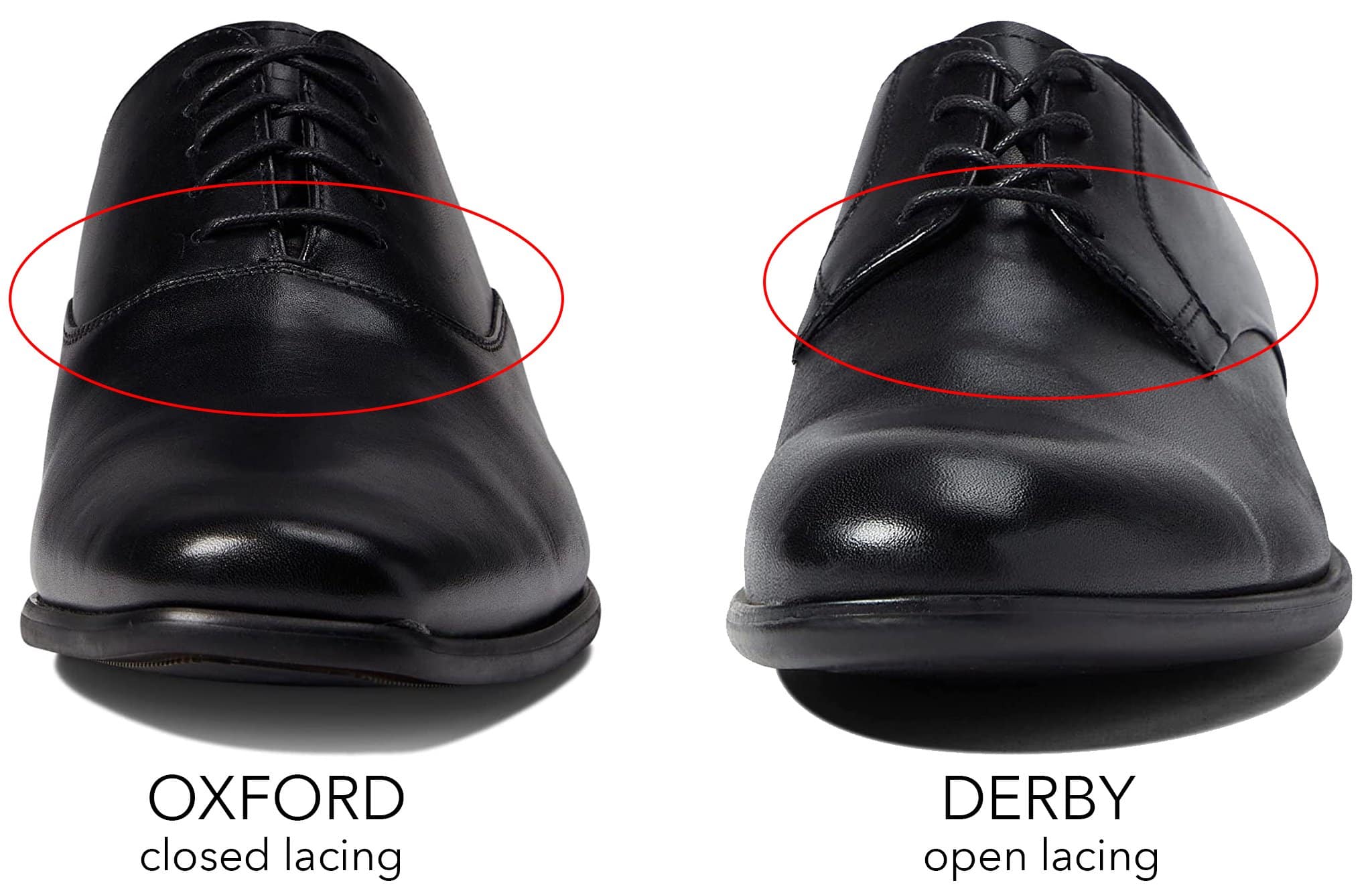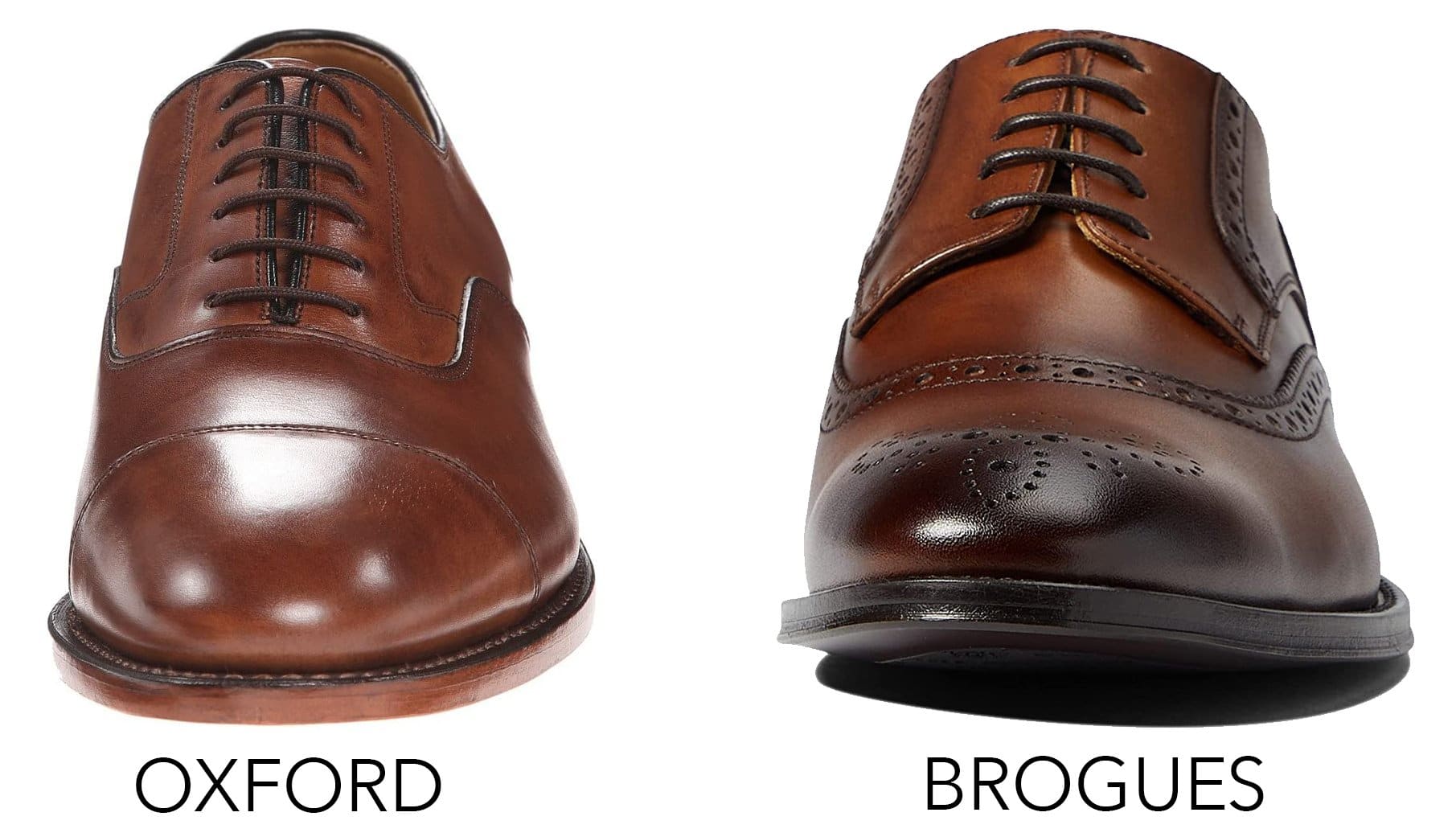Every closet has classic shoe styles. Stilettoes, ballet flats, and Oxford shoes. While ‘Oxford shoes’ may sound like a style you’d wear to school, these shoes add a vintage touch to any outfit.
Traditionally worn by men, Oxford shoes for women have become popular as fashion becomes more unisex. They add a chic finish to any outfit.

Oxford shoes are an alternative to derby shoes, brogues, and ballet flats. You can style them with jeans or bend gender norms with tights and a dress.
We’re deep diving into the world of Oxford shoes for women. Are Oxford shoes the same as derby shoes and brogues? How can style you style Oxford shoes for women? Read on to find out how!
What Are Oxford Shoes?
Oxford shoes are instantly recognizable for their ‘closed lacing’ shoelace eyelets that are set under the vamps. These shoes are traditionally understated and suitable for formal wear.
Most Oxford shoes for women are made in neutral colors, such as black and brown. The style becoming more mainstream means designers have become more creative with color schemes. Look out for quirky metallics, contrasting prints, and pastels.

Oxford shoes are traditionally made using patent or calf leather, whether genuine or faux. You can also occasionally find Oxford shoes in canvas and suede fabrics.
It’s worth noting that Oxford shoes are called different names across the world. The French refer to Oxford shoes as ‘Richelieu’, while some Americans call them ‘Bal-type’ shoes.
Oxford Shoes vs. Derby Shoes
Derby shoes – also known as bluchers – are often confused with Oxford shoes. It’s not unusual for “Oxford” to be used as a blanket term for any lace-up formal shoe in the U.S.
The main difference between Oxford and derby shoes is the lacing. Oxford shoes have a closed lacing, while derby shoes have open lacing. The closed lacing makes Oxford shoes more formal than their derby counterparts.

Derby shoes have evolved from oxford shoes and have a more laid-back look than Oxford shoes. You’ll typically find them in suede instead of leather. Derby shoes can also give you more freedom of movement than Oxford shoes.
Oxford Shoes vs. Brogues
Another style that is often confused with Oxford shoes is brogues. These shoes can fall into several categories and depend on the shape of the toe cap. You can find quarter, full, longwing, and semi-brogue shoes.
Brogues often take the same physical characteristics as Oxford shoes. The difference between the two is that brogue shoes have patterned hole detailing across the uppers.
This pattern originated in Scotland and Ireland, where brogues were worn as outdoor shoes in the countryside.

It’s the uppers that make the shoes ‘brogues,’ and their silhouette can vary from high heels to sneakers and boots. Most brogue shoes have a low heel, similar to Oxford shoes.
While an Oxford shoe can be a brogue, they have subtle differences that you want to be aware of. Remember that brogues are characterized by multiple-piece, sturdy leather uppers with decorative perforations. Recent brogues trace their roots to a rudimentary shoe originating in Ireland that was constructed using untanned hide.
